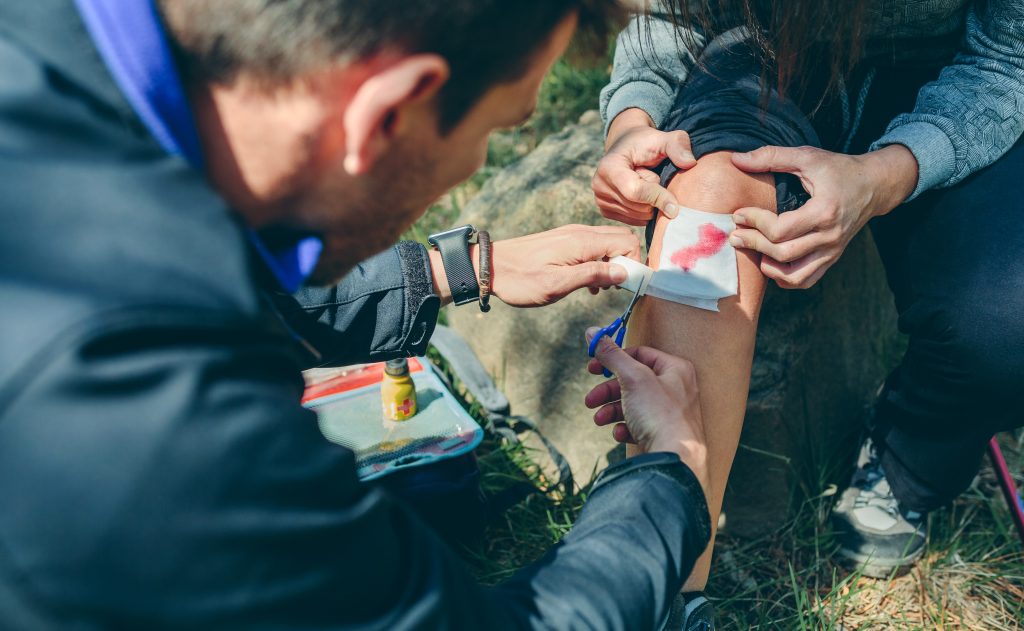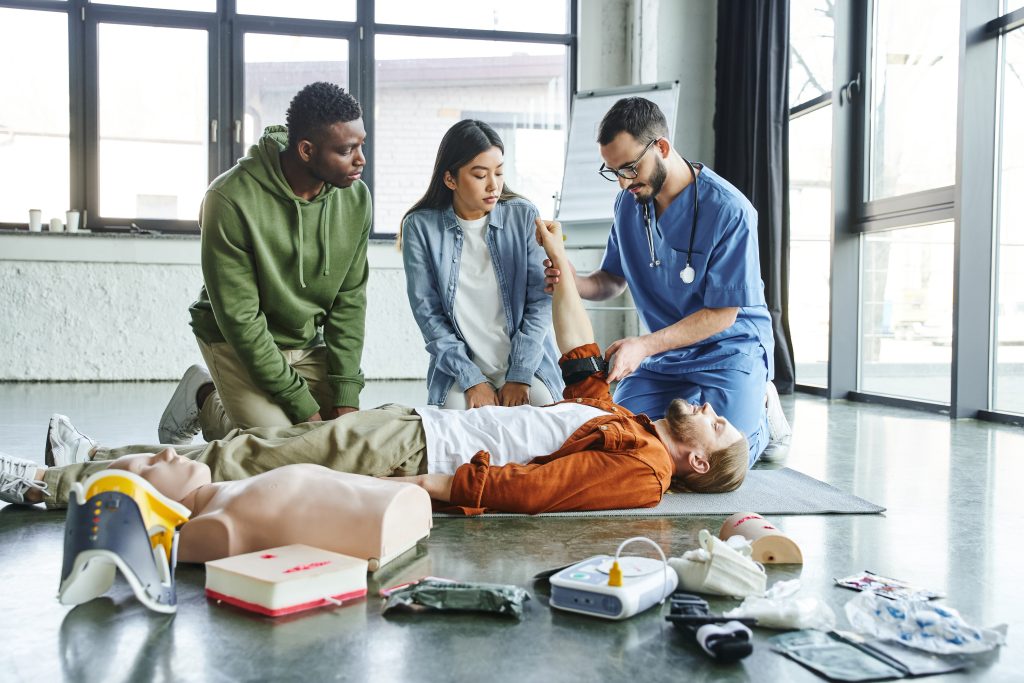
Whether you’re a parent, a teacher, a coach, or a healthcare worker, knowing how to respond in an emergency can save lives. That’s why training programs like CPR and First Aid certification are in such high demand. But even though they’re often mentioned together, CPR and First Aid are not the same thing.
So, what’s the difference between CPR Certification and First Aid Certification? Do you need both? And how do you get certified near you?
Let’s break it down so you can make the best choice for your needs, and feel confident taking action when every second counts.
CPR stands for Cardiopulmonary Resuscitation. It’s a life-saving emergency technique used when someone’s heart stops beating or they’ve stopped breathing. CPR keeps oxygen-rich blood flowing to the brain and other vital organs until advanced medical help arrives.

A CPR course teaches you how to:
You’ll also learn how to respond to choking, drowning, or sudden collapse—situations where quick CPR can mean the difference between life and death.
CPR Certification is vital for:
Many workplaces now require CPR training as part of OSHA compliance or licensing regulations. Even if your job doesn’t require it, CPR training is a powerful tool to protect loved ones at home or in public spaces.
While CPR focuses on heart and breathing emergencies, First Aid Certification covers a much wider range of non-life-threatening medical situations. First Aid prepares you to treat injuries and respond to sudden illness with calm, confidence, and basic care until emergency medical services arrive.
In a First Aid course, you’ll learn how to:
You’ll also gain knowledge about creating an effective first aid kit, ensuring safety at accident scenes, and supporting others emotionally during crises.
First Aid Certification is ideal for:
Being certified in First Aid makes you an asset in your workplace, community, and family. Emergencies don’t always wait for help to arrive, you could be the first and only line of support.
Although they’re both focused on emergency response, CPR and First Aid serve distinct roles:
Each type of training plays a unique role in the chain of survival—and when combined, they make you much more capable in virtually any emergency.

If you’re asking yourself, “Should I get CPR or First Aid certified?” – the best answer might be both.
Here’s why:
Courses that offer CPR and First Aid Certification together are a smart investment in safety, for yourself and for the people around you.
You don’t have to search far and wide to find reliable training. At CPR Classes Near Me, we specialize in local, affordable, and accessible CPR and First Aid certification courses that meet national standards.
When deciding which certification is right for you, consider the following questions:
If you’re unsure, it’s always safer to err on the side of preparation. CPR and First Aid Certification give you practical tools and peace of mind that can make all the difference.
Whether you need CPR, First Aid, or both, CPR Classes Near Me is your trusted partner in emergency training. Our certified instructors, convenient locations, and flexible class schedules make it easy to get the skills you need, when you need them.
Don’t wait for an emergency. Contact CPR Classes Near Me today and take the first step toward becoming someone’s hero.
You’ll leave class with more than just a certification, you’ll leave with the confidence to save lives.
CPR Certification and First Aid Certification each offer critical skills, but together, they make you a complete responder. Knowing how to act in emergencies means fewer delays, less panic, and better outcomes for everyone involved.
If you’re ready to boost your confidence and make a real impact, now’s the time to act. Sign up for a local CPR and First Aid course through CPR Classes Near Me, and be the person who knows what to do when it matters most.
Our primary goal is to ensure that you receive a top-quality CPR/First Aid certification. With our in-person training in Austin, you can learn CPR and BLS in just one class. Your presence is all that’s needed to continue with your lesson! During your session, you will complete all the live-training components necessary to ensure you receive your AHA Healthcare Provider certification card.
Our CPR Classes in Austin are discounted to $59.95 (saving you $20), and our CPR + First Aid Class is offered at $79.95 (also saving you $20). When looking for CPR Classes, ensure to check for the American Heart Association seal. Other sites might seem cheaper but frequently lack the official training credentials demanded by employers.
Upon successful completion of the course, you will obtain a CPR certification that is valid for two years. The AHA CPR certification is recognized with the highest acceptance rate among employers nationwide.
Indeed! Enroll in any CPR Certification Austin BLS course to extend your certification for an additional two years. The in-person BLS course and the Renewal Class are identical.
Anyone capable of completing the course independently should consider pursuing CPR training and CPR Certification. There is no minimum age restriction for obtaining a CPR certification in Austin through the American Heart Association (AHA)..
CPR training needs to be carried out in person to guarantee its effectiveness. Our experienced instructors offer an engaging and dynamic learning experience. Typically, employers do not recognize CPR certifications that are obtained solely through online courses.
All authorized American Heart Association training centers are obligated to display the entire video. After a three-hour session with CPR Classes Near Me Austin, your BLS CPR eCard will be promptly issued by the instructor on the same day!